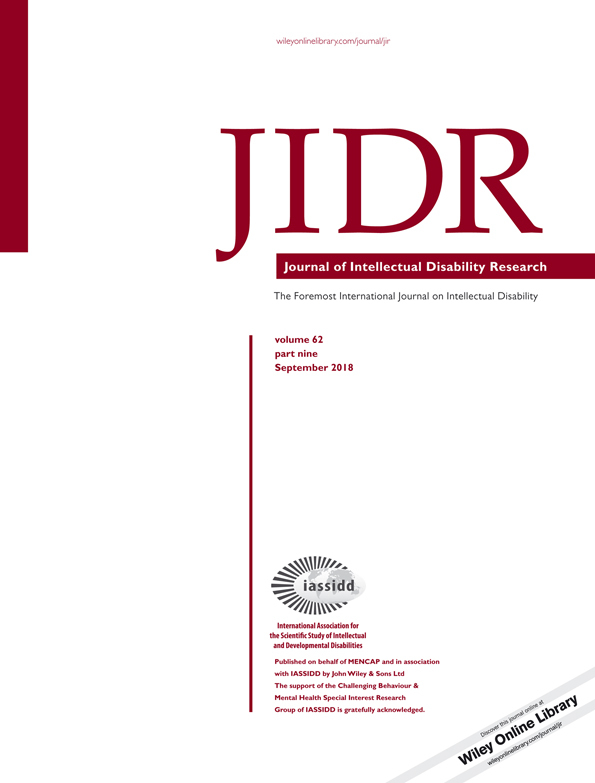Rehabilitation service utilisation among adults with intellectual disabilities: Trends and socioeconomic disparities in China
Abstract
Background
Intellectual disabilities (IDs) have become a public health concern worldwide, but few studies on rehabilitation service utilisation in this population were conducted in developing countries. We aimed to examine trends and socioeconomic disparities in the utilisation of rehabilitation services among adults with IDs in China.
Methods
We obtained data from a population-based survey by using a multistage, randomised, cluster sampling process to ascertain adults with IDs in 2006 and a selected subsample for follow-up surveys during 2007–2013. Psychiatrists ascertained individuals with IDs ascertained by intelligence quotient score under 70, deficits in two or more adaptive behaviours and age of onset under 18 years.
Results
Overall, the utilisation rate of rehabilitation services significantly increased from 10.1% in 2007 to 33.7% in 2013, with an annual average percentage growth of 34.3% when adjusting for multiple confounders. The mounting trends remained significant in all socioeconomic groups. The growth rates among lower socioeconomic participants were much higher than those among higher socioeconomic participants, and the strength in the association between socioeconomic position (education and region) and rehabilitation service utilisation declined in 2007–2013.
Conclusions
This study found an upward trend in rehabilitation service utilisation in Chinese adults with IDs during 2007–2013, and socioeconomic disparities in rehabilitation service use in this population showed a downward trend over time.
Conflicts of Interest
None declared.




